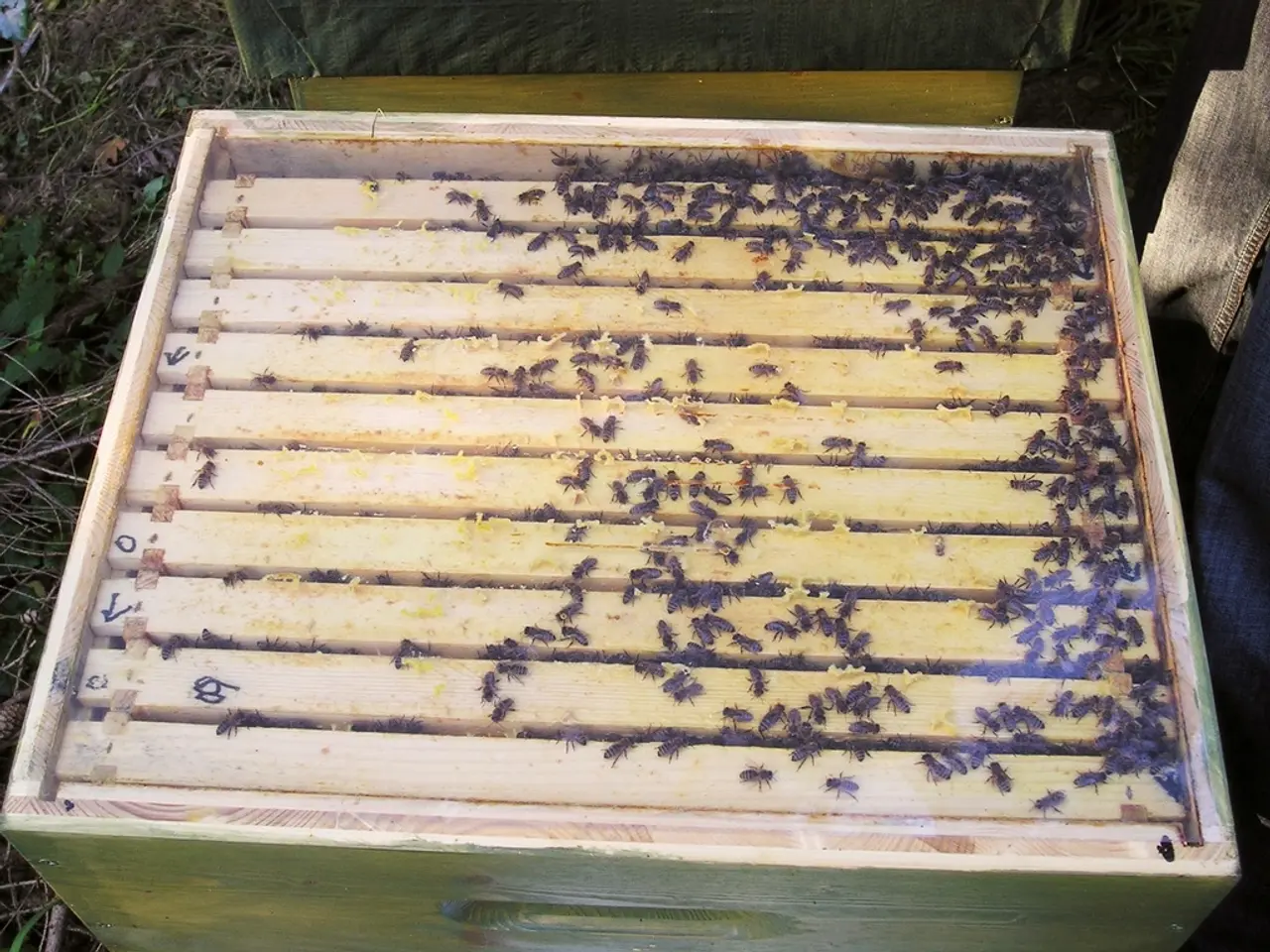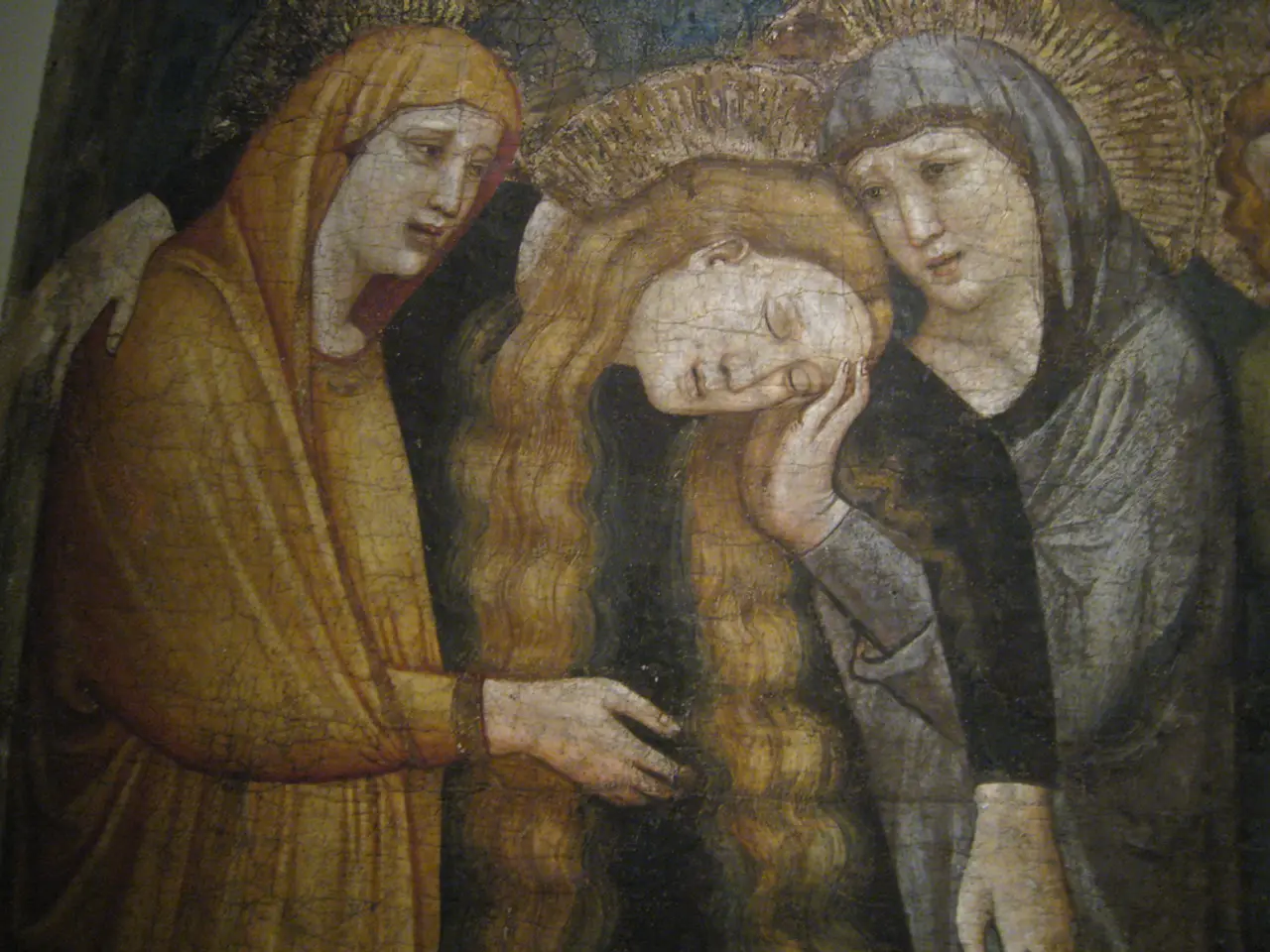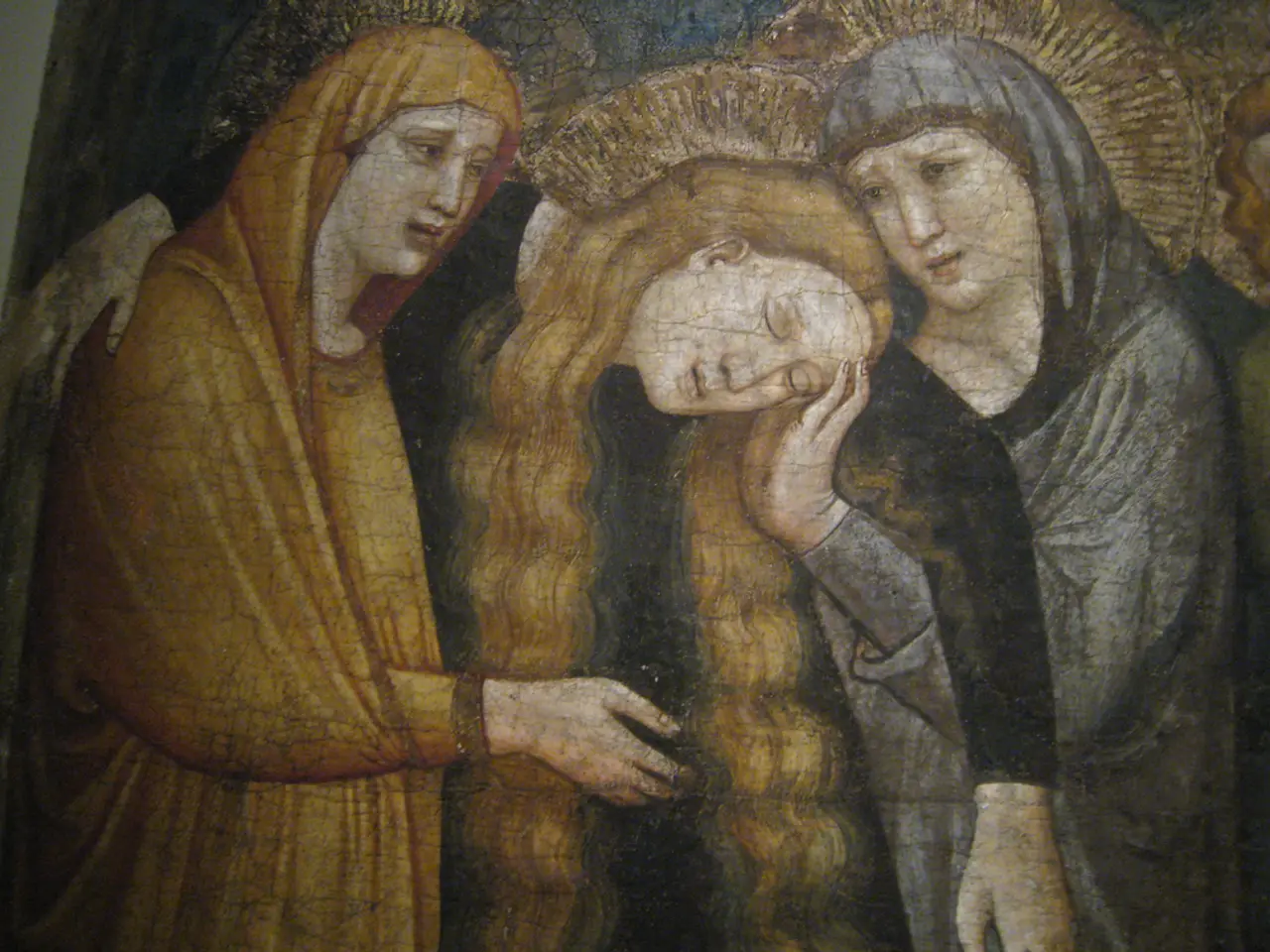House Overrun by Insect Infiltration in Haute-Garonne Home
In the picturesque town of Pins-Justaret, Haute-Garonne, a unique problem has arisen. Maurice and Nadège Souteirat, a local couple, have found themselves in the midst of a bedbug infestation, with the pests originating from nearby canola fields.
The bedbugs, active during the day, particularly around 11 am - noon, and remaining active throughout the day, have caused significant disruption to the Souteirat's life. The infestation, ongoing for about ten days, has been traced back to the harvesting of canola fields, where the bedbugs were released.
The couple has tried various methods to get rid of the bedbugs, including repellent and double-sided adhesive tape, but these efforts have been unsuccessful. Insecticide treatment for bedbugs is considered dangerous by the ARS (Agence Régionale de Santé), and they have been advised to wait for the bedbugs to disappear.
This advice, however, has left the Souteirat's confined inside with shutters closed, causing stress and frustration. They are unable to go outside or have a barbecue due to the bedbugs. The infestation is ruining their summer, and the mayor of Pins-Justaret, Philippe Guerriot, is powerless against the bedbug phenomenon.
The bedbugs have migrated to the gardens of surrounding houses after being released, making this infestation an unusual occurrence. Field bedbugs are primarily indoor parasites that feed on human blood, living in and around beds and furniture rather than outdoor environments like gardens.
However, if bedbugs are suspected near outdoor areas such as garden furniture or storage, prevention and elimination involve careful cleaning and isolation of infested items as well as environmental management. Prevention methods include decluttering and thoroughly cleaning areas, avoiding storage of infested items, regular vacuuming and washing of fabrics at high temperatures, and using protective encasements on mattresses and cushions.
For elimination, preparations such as cleaning, vacuuming cracks, seams, and furniture where bed bugs hide are critical before any treatment. Washing and drying fabrics at high temperatures or freezing at -20°C for 72 hours can eliminate bed bugs on infested items. Insecticide treatments or heat treatments may be used after thorough preparation, but care must be taken to allow products to reach all hiding places without sealing them prematurely.
Monitoring and isolating infested items in sealed plastic bags prevent spread. Natural prevention complements chemical or heat treatments. Using natural repellents such as essential oils, diatomaceous earth, and Integrated Pest Management (IPM) strategies can help maintain long-term control in garden environments.
The infestation is affecting various parts of their home, including walls, shutters, and the ground. Maurice Souteirat describes the bedbugs as being dormant in the morning but swarming when the sun appears. As the Souteirat's continue to battle the infestation, they hope for a solution soon, eager to reclaim their home and enjoy the remainder of their summer.
The unique bedbug infestation in Pins-Justaret, France, has spread beyond the Souteirat's home, affecting their gardens as well. To combat this unusual problem, they have been advised to implement preventive measures from environmental science, such as carefully cleaning and isolating infested items, decluttering, and using natural repellents like essential oils and Integrated Pest Management strategies.
Furthermore, to ensure the beds and furniture are bedbug-free, the Souteirats are preparing for thorough cleaning, vacuuming cracks, seams, and furniture where bedbugs hide, washing and drying fabrics at high temperatures or freezing them at -20°C for 72 hours, and possibly employing natural repellents and heat treatments, with caution to allow products to reach all hiding places without sealing them prematurely. This extensive environmental-science approach to climate-change resilience may be the key to reclaiming their home and enjoying the rest of their summer.








